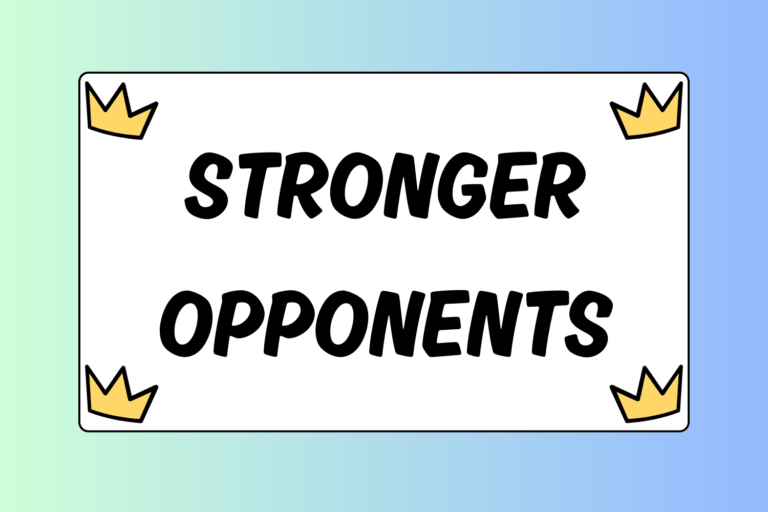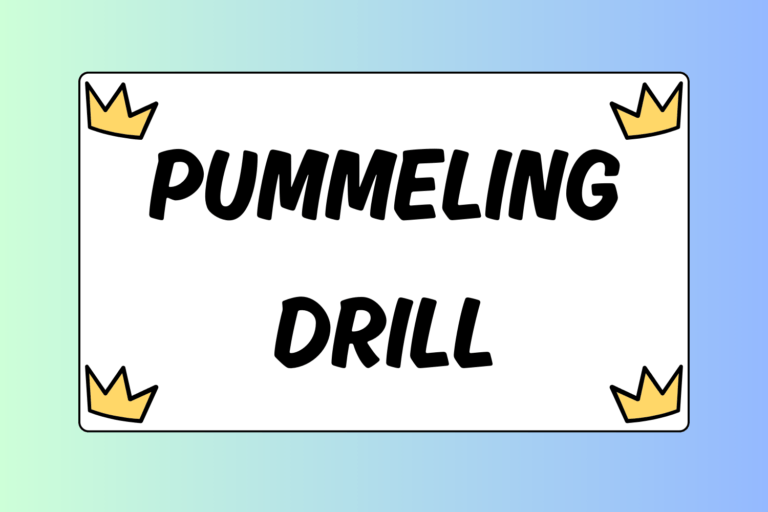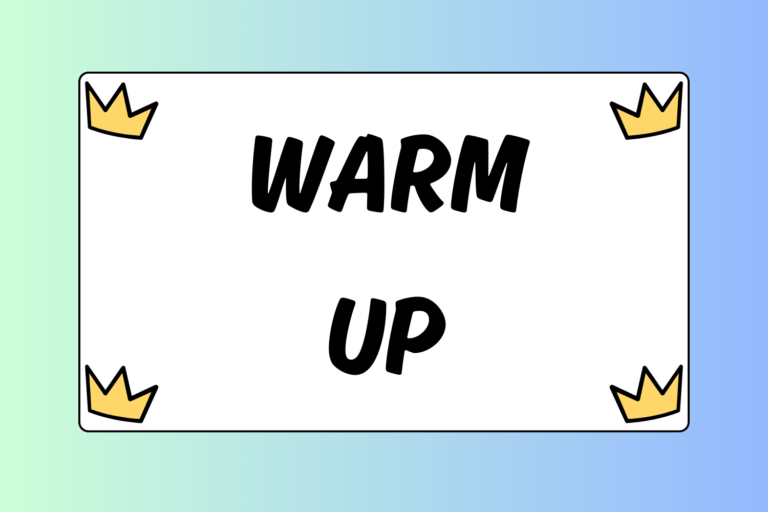A difficult concept for new wrestlers to grasp is the idea of “style;” in other words, a particular way of wrestling that is unique to the individual. Style is not something that is easily defined and can only be developed over years of serious dedication.
Before you can learn how to figure out your own style, you must first learn the most prominent styles of wrestling used around the world. Much like the human fingerprint, each individual wrestles a different way, creating his own signature variation of techniques and strategies. In this guide, you will learn the styles that are not only the most popular, but also the most successfully used. Then you will learn how to figure out which style fits you.
Iowa Style
The “Iowa Style” of wrestling got its name from the hard-nosed, physical nature of the University of Iowa wrestling team, which was led by legend Dan Gable. Generally speaking, this style preaches several things:
- Brute physical strength
- Superior conditioning
- Emphasis on fundamental positioning
- Constant pressure with collar ties
Anytime you’re watching an Iowa wrestler compete, you will undoubtedly see the Gable-trained individual punishing his opponents with heavy hands, working to wear him out. You will also notice that they are exceptional on defense, and they always stay in great position. Furthermore, Olympic champions Dave and Mark Schultz, although they were never Hawkeyes, were also known for being extremely aggressive, applying painful techniques to their opponents at every opportunity.
The Iowa style is recommended for wrestlers who:
- Have above-average physical strength
- Are innately aggressiveness, or downright mean
- Like to wrestle from a tie
- Have slower feet
- Wrestle at the middleweights or heavier weights
Funky Style
Funk, the ability to improvise techniques and force your opponent to wrestle in positions that he is not familiar with, has become extremely popular over the last few years. This style disregards a majority of the fundamentals taught in wrestling. You will typically see these characteristics in a funky wrestler:
- The ability to force awkward positions
- Flexibility
- Exceptional balance
- Unusual body type, typically lanky
- Deceptive strength
Unlike many of the other styles of wrestling, funk is something that simply can’t be taught. Wrestlers who utilize this style typically do so because they have the innate ability to succeed in certain positions that most wrestlers cannot.
Another characteristic of funk is the ability to put an opponent on his back at any time, which is why homerun move are popular among funky wrestlers. These types of wrestlers will also use specific strategies and techniques that are advantageous to their particular body type. For example, tall and lanky wrestlers, like Ben Askren, are exceptional at locking up cradles in various, unorthodox positions with their long arms.
This style is recommended for wrestlers who:
- Are comfortable in unconventional positions
- Can think and strategize quickly
- Are exceptional at performing risky techniques, such as rolls, throws, etc.
- Can , or improve from unorthodox positions
John Smith Style
John Smith, the head coach of Oklahoma State University, wrestlers in a style that is so unique that it can’t be categorized by anything other than his name. In his competitive days, Smith was known for being extremely technical and agile. This is the style he passes down to members of Oklahoma State’s wrestling team. There are a few characteristics that are typical to this style:
- Very strong from the neutral position
- Constant motion
- Lightning-fast speed
- Ability to utilize low-level attacks
John Smith’s style is practically the antithesis of the Iowa Style. Smith’s style trades brute strength for finesse. Instead of focusing on the fundamentals of basic positioning, he utilizes advanced strategies and techniques in a wide range of positions. Individuals who use this style are typically extremely athletic and technical in the neutral position (which is the position they generally stay in to win). This style is recommended for wrestlers who:
- Are quick on their feet
- Have the ability to quickly change levels
- Can absorb fine, technical details
- Wrestle at the lower weights
Make It Your Own
Again, the styles detailed above are simply the most prominent. There are countless variations of these styles, and there are other, completely different styles that utilize an individual’s unique strengths. You must understand your own strengths, as well as your weaknesses, to figure out your own style. The best way to do this is to keep wrestling and continue learning. Eventually, you’ll figure out what works for you and what doesn’t, leaving you with your own style. Check out the Related Videos section at the top right-hand side of this page to see these wrestlers’ styles in action. Now get out there and start training!





